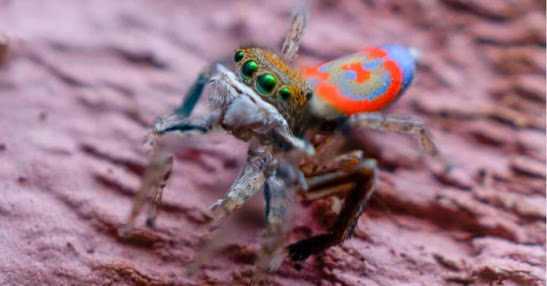So, I figured I'd share some of my favorite sources as I find them because not all of them are going to end up here. Mainly, the podcasts or TV, since I can't link them for you easily, but also books if I find something there. I don't plan to tell you anything I can't back up with at least 2 other sources, so I figure it's ok if I don't remember which of the various science podcasts I'm listening to I got the original idea from. I'll try to add those when I can, but I make no promises there. Most of the time, I just make note of the fact in a list of ideas so I can remember to look into things. In an attempt to avoid zoning out on the podcasts when I can, I made a giant list of over 2 dozen different science podcasts that I downloaded and I'm listening to their episodes from the beginning of the podcasts to current episodes, basically as background noise to my life. Right now, I'm still back in the episodes from 2015, so I've got a while to go. Because of the mix though, I don't always think about which fact comes from which podcast, so I think it's better to not add it to the sources unless I'm sure.
No Such Thing As A Fish is a podcast spinoff of the show QI, which is a British trivia show where points don't really matter, but you get them for being interesting instead of correct. They bring up a lot of interesting and random information, though some of it is later disproved. Both the show and the podcast are based around interesting and random information, but it could also be said that they are both a bit obsessed with genitalia in various forms--though, never for an entire episode or even 90% of the time. It just tends to come up because humans overall tend to be a bit distracted by such things.
No Such Thing As A Fish is put on by 4 of the QI researchers, who bring their favorite fact from the week and they discuss the fact, related facts, and things like that. When I take a fact from them, I have to research for other sources to talk about it with you, and they don't really focus on any subject for long, so I don't get much information other than the initial interesting fact from them.
Even if you aren't interested in listening to them, you might be amused by the titles of their episodes, which start with 'No Such Thing As A...' and something related to what was discussed in the episode, such as ‘Radioactive Jenga’, ‘Kimchi Pirates’, ‘Ice Skating on Stilts’, ‘Darts Vader’, and ‘An Angry Banana’. They've done over 500 episodes now, so there are plenty of hilarious episode names to look at. They also have several books out that are written by them as a group or singularly about various things they discovered in their research.
They're fun. I like listening to them. I'd suggest at least trying them, and the show, but only if you're ok with them talking about genitalia and mating habits of various animals sometimes.
If you're curious or I convinced you to at least give them a chance, their websites are below.
If you're just curious where the name comes from, I'll tell you tomorrow.
Sources:
https://www.nosuchthingasafish.com/
https://www.bbc.co.uk/programmes/p0gwnyjd











